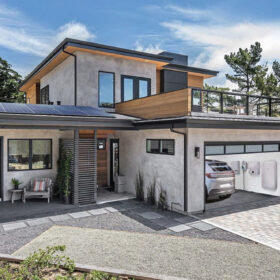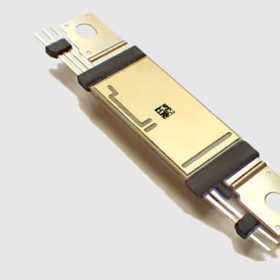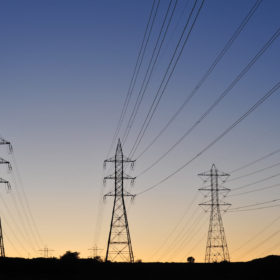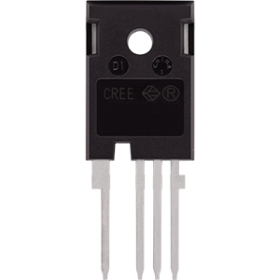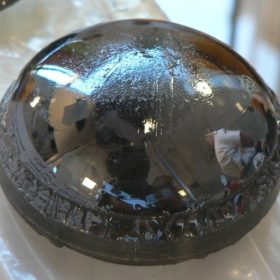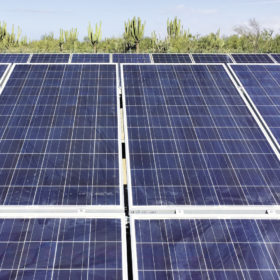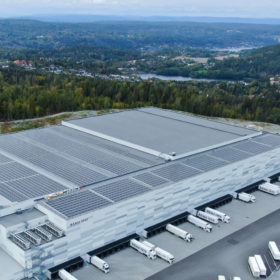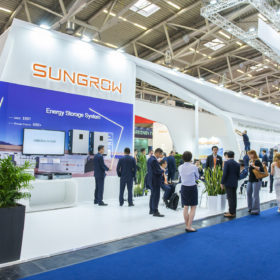Weekend Read: The solar-battery-EV dream
For those who combine solar, batteries, and electric vehicles (EVs) at home, driving on sunshine is a realistic goal. However, there are many factors to consider when analyzing the economic payoffs, as well as the technical possibilities and limitations of such systems.
New efforts to bring silicon-carbide inverters closer to commercial maturity
U.S. multinational automotive supplier BorgWarner and U.S. semiconductor company Qorvo have both announced new plans to further develop their respective silicon carbide technologies. The latter has acquired New Jersey-based silicon carbide semiconductor provider United Silicon Carbide and the former wants to scale up its inverter technology for electric vehicles.
Fraunhofer to develop battery inverter for whole-area UPS and renewables integration
Industrial and academic partners are developing a battery inverter which can be grid connected under normal operation but can also use nearby renewables generators to form an island grid, for whole-area uninterrupted power supply.
New 650 V MOSFET for silicon carbide inverters
CREE has developed a new MOSFET that could be suitable for silicon-carbide-based string inverters above 10 kW in size. The U.S. manufacturer says switching losses are 20% lower with the new transistor than with common silicon carbide MOSFETs, and claims that the product reduces conduction losses by 50%, to offer potential power-density growth of 300%.
Enhancing the silicon carbide supply chain
GlobalWafers, a Taiwanese wafer manufacturer, will add 150mm silicon carbide to its products, manufactured from bulk SiC crystals produced by GT Advanced Technologies, under a new multi-year agreement to “forge a new source of supply of silicon carbide wafers.”
Repowering solar plants for need – or bigger returns
Alencon’s silicon carbide-based String Power Optimizers and Transmitters enable the repowering of solar plants which need to replace 600 V inverters with newer 1,000 V or 1,500 V gear, or for project owners who wish to maximize electricity generation at aging and imperfect facilities with creative engineering techniques.
Supermarket rooftop brings commercial solar – and silicon carbide inverters – to Norway
The sizeable rooftop array will feature latest-generation inverters. The project planners claim using 1500 V technology on a commercial rooftop allowed them to drive down costs 10-15%.
Swiss scientists identify causes of defects in silicon carbides for power electronics
Carbon clusters of a few nanometers in size could be responsible for the defects affecting the thermal stability of SiCs. The defective carbon accumulations arise during the oxidation of silicon carbide to silicon dioxide under high temperatures.
The weekend read: Transistor transition
In pursuit of a lower levelized cost of energy for the next generation of inverters, some manufacturers have turned to acquiring considerably more expensive semiconductors. While this may sound like a misstep at first, the trick could be pulled off — though not easily, and not always — yet.
Inverters get smart at the 2018 Smarter E
Inverter manufacturers tapped into the major theme of digitization in their product presentations at this year’s Smarter E event in Munich – of which Intersolar Europe is a part of. The solutions deploy smart software solutions for maximizing self-consumption, O&M provision and enable hybrid architectures across all three market segments.
